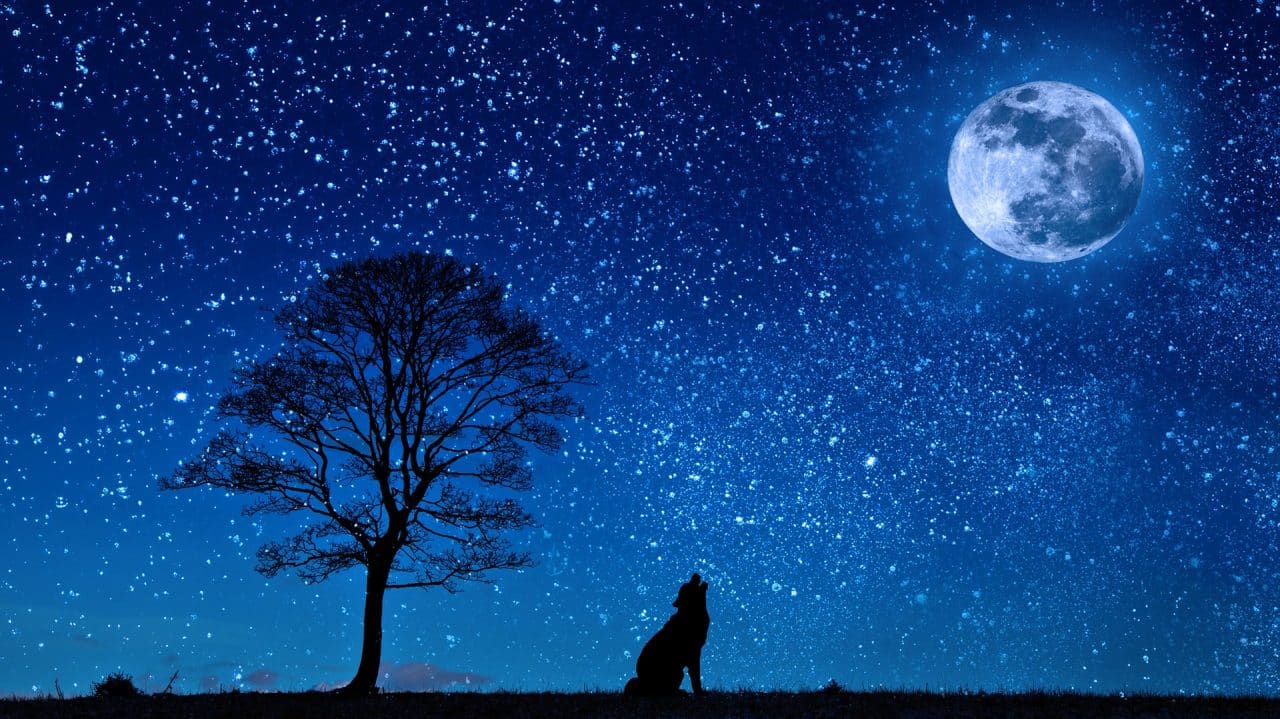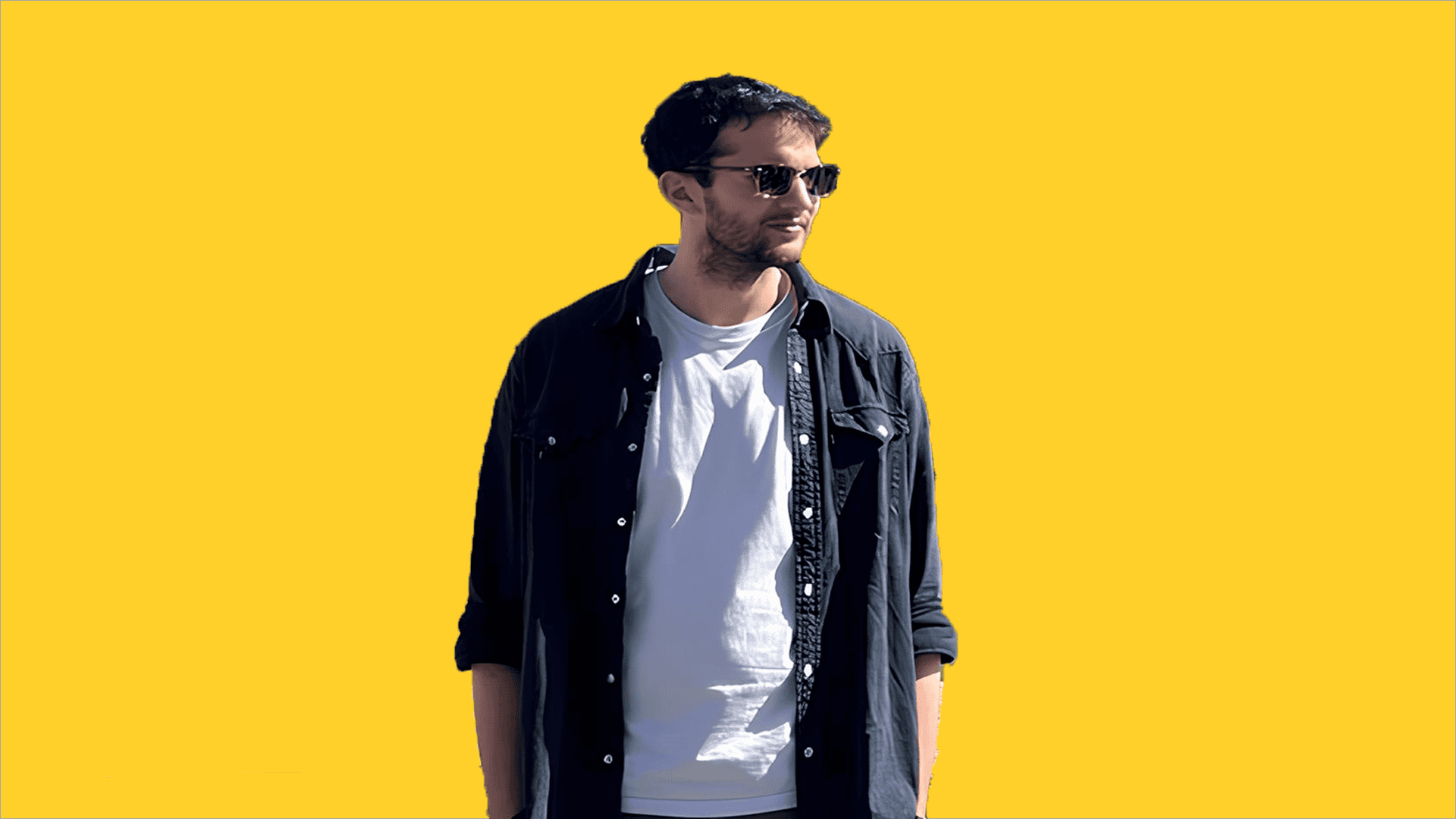
Perhaps fairy tales have many hidden negative effects on the Dutch in later life. We grew up with Little Red Riding Hood and the evil wolf and have a rather overheated response to a few wolves that have recently been spotted in the Netherlands. On holiday I noticed how different everything is in Scandinavia.
Many people are coming back from their holidays at the moment. Well-rested from a laid-back holiday, or with a clear head from a very active holiday. Or both. Personally, when I am on holiday abroad I enjoy experiencing how the locals in other countries do some things very differently than we do here in the Netherlands. It’s wonderful to be surprised and amazed. It puts ‘our’ view of things into perspective. I was especially struck during this holiday by the completely different attitude people have towards nature. The same is true when it comes to dealing with wolves.
Nature
I was on holiday in Sweden and Norway and enjoyed the impressive and omnipresent nature there. Both countries have relatively large areas of unspoiled nature. The many forests and lakes in Sweden and the beautiful fjords in Norway. The closer you get to the Arctic Circle, the rougher the landscape becomes. The vast tundra in the north of both countries are part of Lapland and are the habitat of the Saami. They are the original inhabitants of northern Scandinavia and are traditionally reindeer herders.
Because of the enormous areas of unspoiled nature, you sometimes feel as if you are alone in the world. You can take a long walk and not meet anyone at all. A veritable no man’s land. I was often aware of the silence around me. No sound. Well, nothing except the wind, the birds or the sea. No cars, no people. Wonderful, that natural silence.
The midnight sun is also a remarkable experience. It remained light all night long in the Arctic Circle. Great, by the way, if you just want to sit outside read a book in front of the camper. No hassles with flashlights. You also have no subliminal sensation of night or day. Often it turned out to all of a sudden already be the middle of the night.
Lots of nature and so many animals. Also a lot of animals that we never or rarely see in the Netherlands. Moose, reindeer, bears, lynxes, sea eagles and puffins. In some regions there are polar foxes, wolverines and wolves. More about the latter soon.
Different from us
Three things of note that they do differently from us; universal access rights, friluftsliv and how they deal with animals; wolves in particular.
Universal access rights
Nature in Sweden is safeguarded by the government via nature reserves and national parks. In addition to this preservation, Sweden has so-called universal access rights as well. This right of universal access is also laid down in the law. It gives everyone the right to enjoy nature. So you can dive into any random lake, pitch your tent wherever you want, go hiking, sailing or horseback riding wherever you like. Pick flowers, berries or mushrooms in the wild. With a number of conditions naturally; the most important of which is: show respect for nature. Consequently, it is forbidden to harm, damage or disturb the flora or fauna. You leave the place where you went, exactly how you found it.
The idea underpinning this universal right is that nature belongs to everyone and therefore everyone has the right to enjoy it. No one can appropriate nature. The right to ‘wander’ was mentioned in the holiday book on Sweden.
In the Netherlands, private property is firmly anchored in law and in our everyday dealings. Subsequently, such a universal right feels strange.
Friluftsliv
I’d never heard of friluftsliv. This is the Swedish term for coexisting with nature. It is not only a way of life but also an educational strategy. Friluftsliv is a broad concept in Sweden. Two significant elements of this way of life are: first of all, the number of hours that children play outdoors is much higher than in the Netherlands. In Stockholm, children play outside during the summer an average of 6 hours and 1.5 hours in winter. The average for outside the city is even higher. Dutch children are indoors much more often. Secondly, according to this natural way of life, children have to learn to identify dangers – and nature is the best place to do this. Scraped knees and brazed elbows are all part of the process. These are called ‘summer legs’ in Sweden.
Dealing with animals
You see them all along the roads, the signposts that warn of moose, reindeer, deer and sheep which may cross the road. And it’ s true. We had to brake regularly. If there’s a cow on the road in the Netherlands, that’s news. The Norwegians and Swedes are used to stray animals and apparently do not seem to mind. Animals belong there and as a human being you just have to take that into account. So there is no national action plan to keep these animals behind fences.
Heated reactions to the advent of the wolf
I was often reminded during my holiday of the reactions in the Netherlands to the advent of the wolf. More precisely, the return of the wolf. It is unclear when the last wolf was seen in the Netherlands, but that must have been about 150 years ago. The first wolf came back in march 2015. Visited Drenthe and Groningen. But over the course of these past 150 years, we have unfortunately forgotten a lot as well. Wolves on the loose? That shouldn’t be the case! Even though the wolf is not a threat to people, according to experts. Despite the fact that we have had only a handful of wolves visit the Netherlands, the Dutch polder model is doing its bit. The government, the provinces and the municipalities along with all kinds of advocacy organizations are busy with plans of action. In the meantime, the wolves have become big news. Every time a wolf is sighted, it can be seen on the 8 pm news. Recently social media exploded because some young wolves were born. And the latest news is that the Dutch Forestry Department has fined the #wolfseekers (who are not afraid of the wolf).
My Swedish neighbors at the campsite couldn’t believe that we in the Netherlands are so upset about a few wolves. They even had to laugh about it and were wondering – why?
Because in the Netherlands we are not spoon-fed nature as kids? Because we are not brought up with Friluftsliv? Or is it because we take fairy tales which have wolves in them far too literally? For the sake of clarity, let’s swap an angry wolf with an angry white man. That’s far more appropriate in this day and age.
About this column:
In a weekly column, alternately written by Eveline van Zeeland, Jan Wouters, Katleen Gabriels, Mary Fiers, Lucien Engelen, Peter de Kock, Tessie Hartjes and Auke Hoekstra, Innovation Origins tries to find out what the future will look like. These columnists, occasionally supplemented with guest bloggers, are all working in their own way on solutions for the problems of our time. So tomorrow will be good. Here are all the previous columns.








